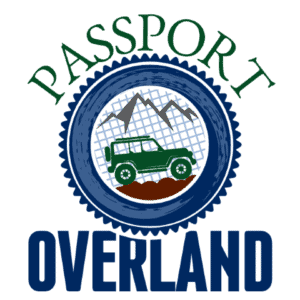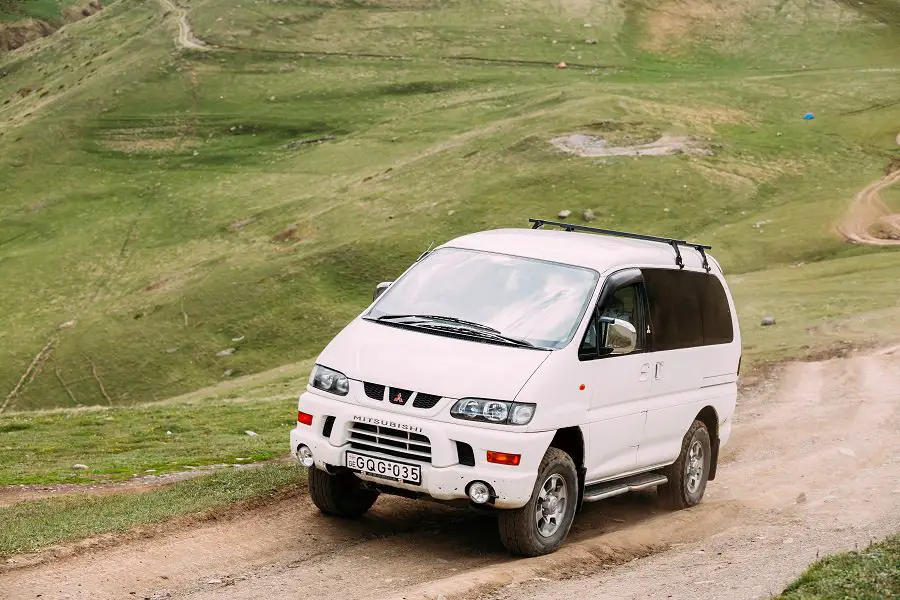
Pickup trucks and SUVs are the most common vehicles you’ll encounter in the world of overlanding. While the popular #vanlife is not necessarily overlanding, you’ve probably seen vans on one of your overland trips. Overlanding vans, camper vans, 4WD van conversions, or off-road vans are the next off-roading craze.
But what exactly is an overlanding van and can they tackle challenging terrain? The huge cargo space that vans offer makes them a perfect vehicle for backcountry camping, but they’re not that rugged for off-road driving. As a result, car manufacturers modified them into 4×4 adventure vans capable of overland expeditions.
An overlanding van is a rugged and capable off-roader with plenty of cargo space for a much more comfortable camping experience in remote places. Some popular overland vans are the Storyteller Overland 4×4 Vans, the Sprinter Vans from Mercedes-Benz, and Ford Transit Conversions.
Let’s talk about this great overlanding vehicle option to see if vans can really let you get off the beaten path and seek out adventures in remote destinations unreachable by two-wheel drive vehicles.
Can Overlanding Vans Go Off-Road?
Overlanders will say that any vehicle will do for overlanding. You just have to modify it to make it rugged and capable of off-road driving, because overlanding is not all about camping and traveling.
Overlanding is life on the road, and most of the time, the road that you will tackle is challenging terrain such as mud, river crossings, rocks, sand, and boulders.
Overlanding vans offer a comfortable, even luxurious, camping experience. You can find camper vans with built-in living space, a shower system, a galley kitchen, and a seating area. But let’s be honest, when overlanding, you need more off-road capabilities than camping comfort.
The majority of camper vans on the road are two-wheel drive, specifically rear-wheel drive. Yes, you can drive a 2WD camping van for overlanding. but it will only be limited to paved surfaces or less-challenging terrain.
The best vehicle for off-road driving is a 4WD vehicle because it can give you more traction in rough terrain and let you smoothly drive through uneven road surfaces without getting stuck.
Overlanding vans can go off-road as long as it has four-wheel drive. Let’s take a look at the common types of vans used in overlanding and see if they are capable of driving on and off the paved or gravel surfaces.
Camper Vans
Any van used for the purpose of overlanding can be considered an overlanding van. If it can let you seek out adventures in remote places and conquer rough terrain, then the overlanding van is capable of off-roading. Most camper vans are 2WDs. Conquering rough terrain is difficult with a 2WD because only two wheels are powered by the engine. You can get stuck in ruts or deep mud with this kind of vehicle.
4×4 Van Conversions
Converting 2WD camper vans into 4WD is a popular vehicle modification in overlanding. It can cost up to $15,000 to convert a 2WD van into a 4WD that is capable of off-roading. The price can still vary depending on the model of the vehicle, but that is the maximum amount you’ll spend.
The conversion can take up to 4 months, but if you want to take advantage of the huge space of your camper van, the conversion is a less expensive way to make your vehicle rugged and capable.
Adventure Vans
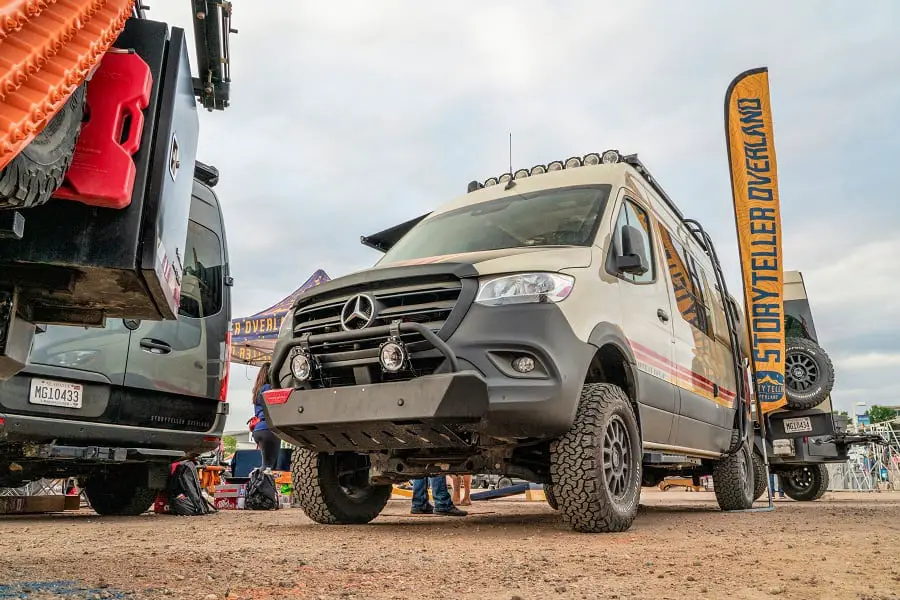
©pixelsaway/123RF.COM
Forget all about the modifications and the limited off-road capabilities of camper vans. Overland vans, 4×4 camper vans, off-road RVs, or adventure vans are on the rise. These rugged 4x4s can let you travel and camp anywhere you want without sacrificing the comfort of your home.
They have everything an overland vehicle needs in order to conquer rough terrain, such as four-wheel drive, off-road tires, and an off-road suspension system. When it comes to overland vans, Storyteller Overland 4×4 Vans are the best ones.
Are Overlanding Vans Good for Off-Roading?
Overlanding is life on the road, exploring hidden gems in jungles and coastlines. This is why the most important thing to have to be able to overland is a vehicle that is capable of both on-road and off-road driving. Camper vans that are 2WD can go off-road, but the ride is not certain to be comfortable, only the camping experience. Most vans you’ll see in remote places are 4×4 off-road rigs.
Overlanding vans are good for off-roading because they are equipped with gears that can help them tackle gravel, sand, and snow. Below are the components that make overlanding vans good for off-roading.
Four-Wheel Drive
When driving off-road, you will need more traction to be able to pass through dirt roads or wet road surfaces. And in order to have maximum traction, the engine must enable or give power to all four wheels. A four-wheel drive is a must for overlanding vans so that even a steep hill will be easy to conquer.
Overlanding vans like the Sprinter Vans from Mercedes-Benz are good for off-roading because they can conquer tougher terrain and weather conditions with their electronically engaged 4×4 drive.
Suspension System
In overlanding, the suspension system is an important vehicle modification. An upgrade to the suspension system is necessary if your overland trail is rocky and your vehicle has to carry heavy loads. A suspension system will make your vehicle more flexible and will ensure a smooth ride, despite uneven road surfaces.
Overlanding vans are amenable to suspension upgrades but finding a suspension kit in the aftermarket can be a bit challenging. If you want an off-road suspension system, you can directly contact your car dealer or manufacturer for compatible suspension parts.
Rugged Tires
It’s the tires that come into contact with the road surface and the ones carrying all the weight of the overland rig. Therefore, rugged tires are needed not only for off-roading but for overlanding in general. Overlanding vans feature all-terrain tires with aggressive tread patterns for better grip in rough terrains. You can also upgrade to mud-terrain tires if you want tires that are really for off-roading and will give better traction in sand and mud.
What Can Make Overlanding Vans Better for Overlanding?
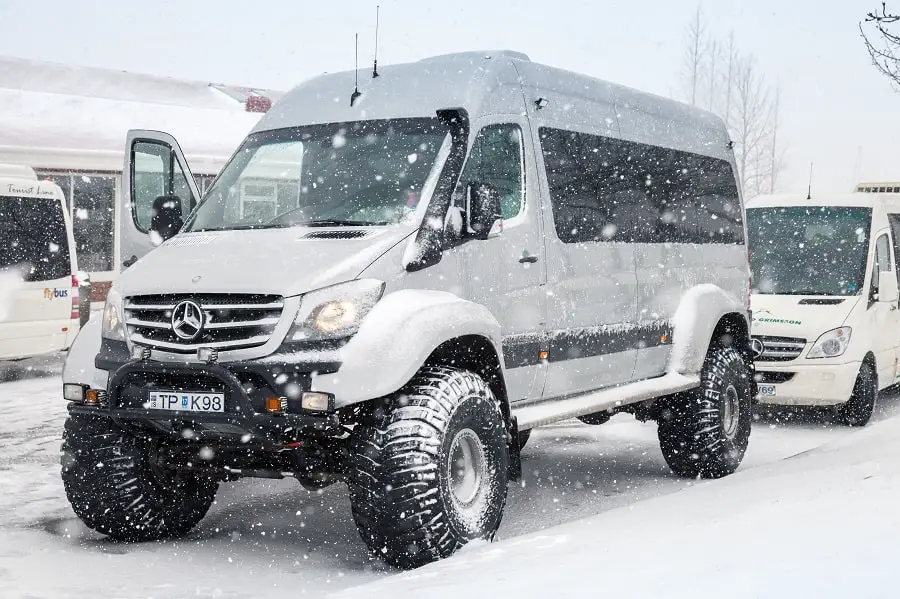
©eugenesergeev/123RF.COM
Although most of the adventures can be found off-road, overlanding is camping and off-roading combined. We mentioned earlier that overlanding vans are the best for camping and are also good enough for off-roading. They have a four-wheel drive, a suspension system, and tires to help the vehicle drive through rough terrain.
But are these features enough? It is undeniable that overlanding vans still need modifications for more ground clearance and off-road capabilities. This is especially the case for camper vans. Below are some modifications that you can do to make an overlanding van better for overlanding.
Bumpers
Some overland vans are already equipped with a bumper when you purchase them, but if your van doesn’t have one, you might want to consider mounting one. To make the most out of the bumper, choose one that can also let you mount a winch to help you get out in times of getting stuck in deep mud or ruts.
Ground Clearance
The main problem with overland vans is their low ground clearance. An overland vehicle should at least have a ground clearance of somewhere between 8 and 10 for it to be capable off-road. There are two ways to increase ground clearance: a suspension kit and bigger tires. If you already have 8-inch ground clearance, you need no more. Too much ground clearance is dangerous for overland vans because these vehicles are taller than typical cars. A higher ground clearance raises the center of gravity, which will then make it easier for the van to topple over.
Underbody Protection
The undercarriage must be protected because it’s the part that is most exposed to the road surface. If you plan to take an overland van for overlanding, you will have to install underbody protection to prevent moisture and salt from coming into contact with the vehicle’s underside. Sticks and pebbles can also damage the undercarriage as you cross rough terrain.
Exterior Lights
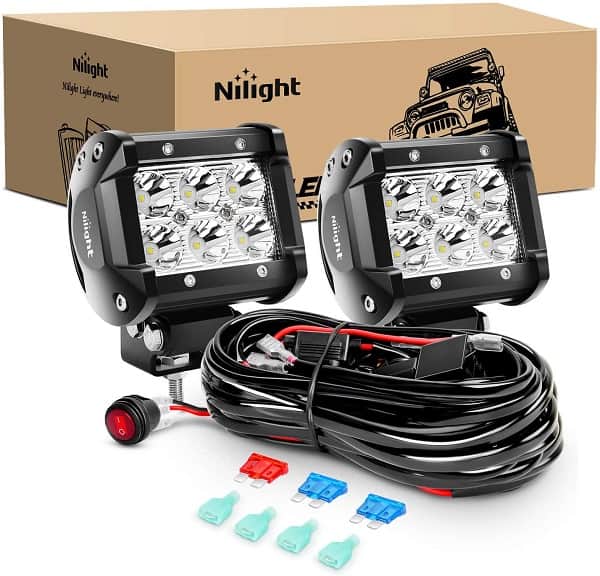
An exterior lighting system can help you navigate the road during dark hours. Bright LED lights can also prevent wild animals from entering your campsite in the forest. Your headlamps may be enough on-road, but when you drive in remote places where street lights are rare, it is best to upgrade your exterior lighting system with bright LED lights for off-roading.
Solar Panels
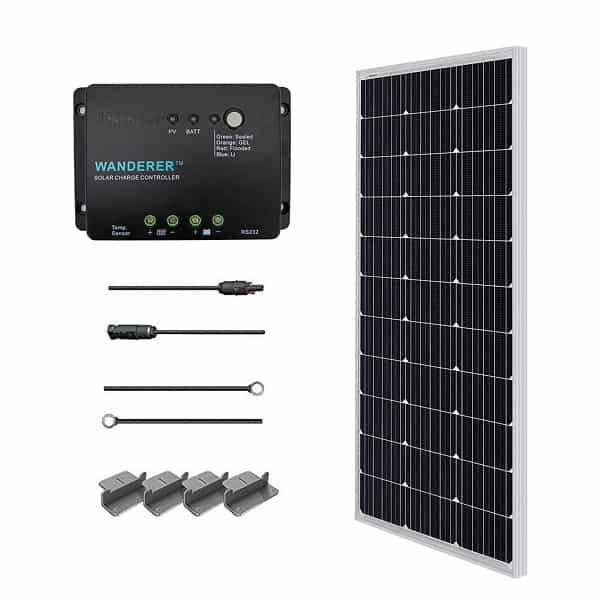
Overlanding is referred to as self-reliant travel because you only have your vehicle to rely on. When you overland to off-grid places, solar panels can be your source of free electricity. It is best to mount the solar panels on your van’s rooftop so they make power as you drive off-road. The best solar panel for your overland van is the Renogy 12V 100-watt solar panel kit.
Rooftop Tent
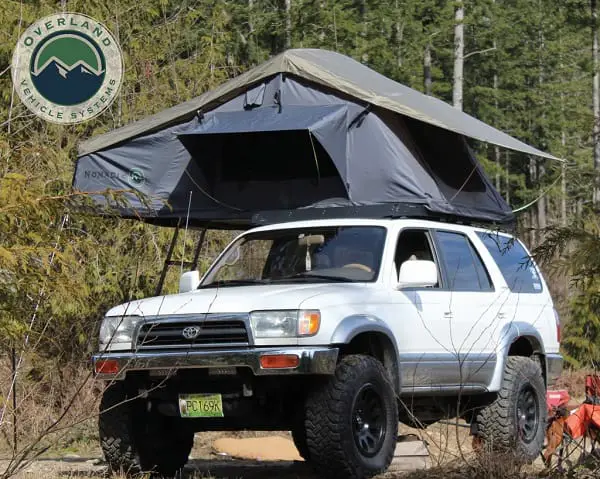
Overland vans offer a huge space for a next-level camping experience, not outside the vehicle but on the inside. There is a bed, a kitchen, and living space inside the van. But nothing beats camping closer to the stars.
If you want to experience the rooftop tent trend in overlanding, why not get yours? Because overland vans are taller than SUVs and pickup trucks, they offer a camping place much closer to the sky. Install a rooftop tent for overlanding to make the overland van ready for camping adventures.
Final Thoughts
Overlanding vans are rugged 4×4 overland vehicles. They make great overland vehicles, both for offroading and camping in remote places. If you plan to take your friends or family with you, overlanding vans make great overland vehicles, because they have a huge space to accommodate everyone.
Overland vans are capable enough to conquer rough terrain, but if you think you need more ground clearance and off-road capabilities, you can just do some vehicle modifications.
Finding accessories and gear in the aftermarket can be challenging, but you can find shops that specifically cater to overland vans like the Campervan HQ. All in all, an overlanding van is also a great vehicle to seek out adventures off-road.
